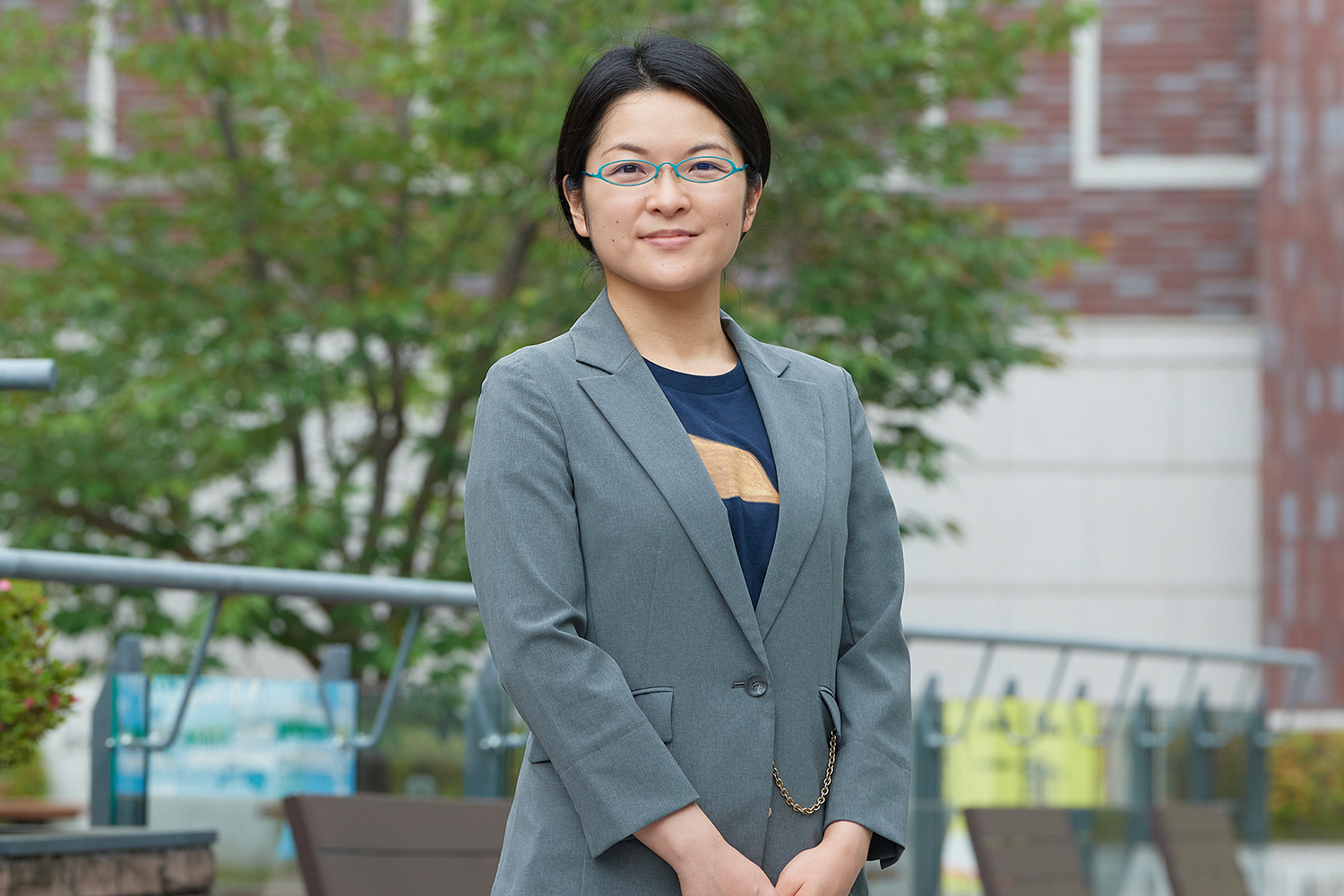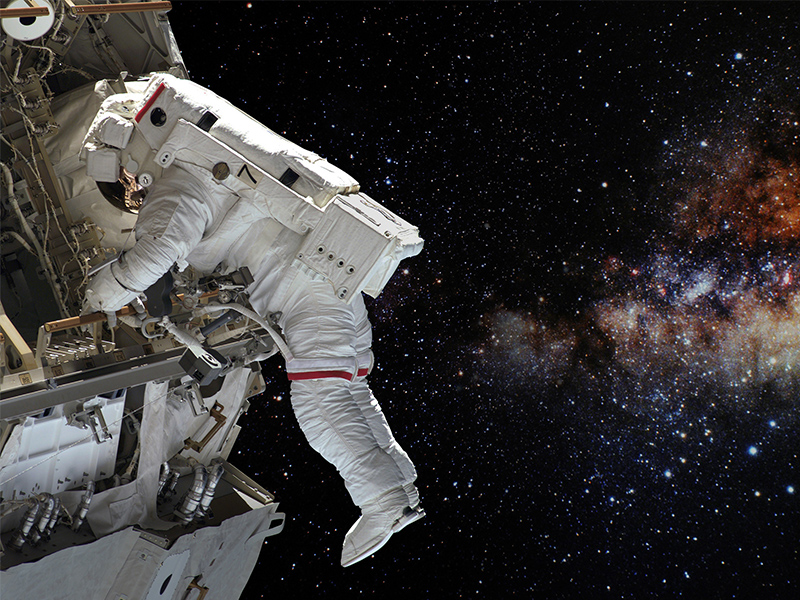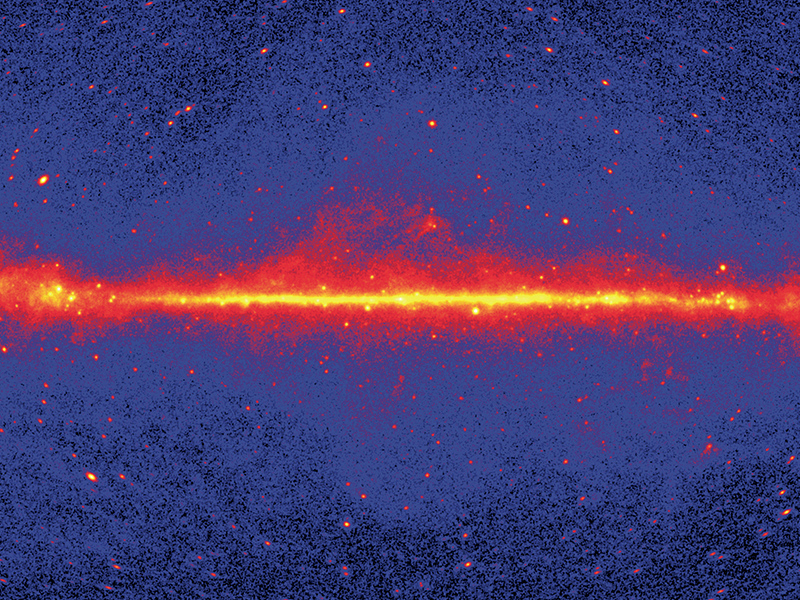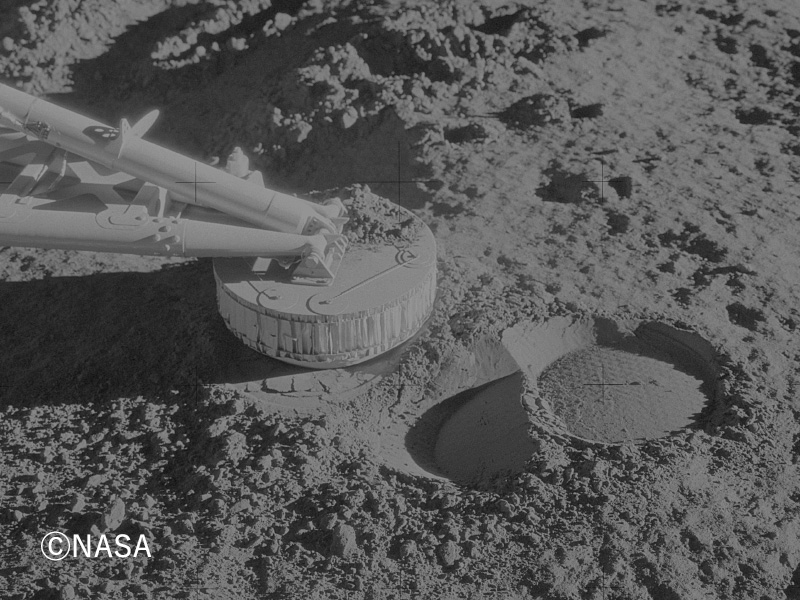STORY #5
Learning about Issues common to Humankind from Space Law
Satoko Kawamura, Ph.D.
Associate Professor, College of International Relations
Space law that can be generalized for the governance of advanced science and technology
It has been just over a century since humanity began to reach towards space. Parallel to the history of space development, space law was also developed for the peaceful use of outer space without borders. Satoko Kawamura, who is researching the governance of advanced science and technology, is interested in space law as a model that has led the way in the formation of transnational law and order.
“Generally speaking, law and order concerning outer space comprise three frameworks: International public law stipulated between nations; global law created through transnational activities of private entities and civilians; and meta-law that operates as the theoretical law that governs the relationship between humanity and extra-terrestrial intelligence (ETI),” explains Kawamura. As space law, which governs the relationship between nations in outer space, is the most well-known among these laws, we looked into its history.
According to history, the necessity of such laws began to come up in discussions in the early 1900s, and space law theories that assumed human activities in space came about as early as the 1930s. In 1957, Sputnik 1, the first artificial satellite, was launched. In 1961, humanity’s first human-crewed space flight became a reality, and the development of space law relating to the exploration and utilization accelerated. Then, in 1966, the Treaty on Principles Governing the Activities of States in the Exploration and Use of Outer Space, including the Moon and Other Celestial Bodies, commonly known as the Outer Space Treaty, which becomes the basis for international space law, was adopted by the United Nations General Assembly. After that, various agreements and treaties came to be passed, such as the Rescue Agreement in 1967, the Space Liability Convention in 1971, and the Registration Convention in 1974. Furthermore, in 1979, the Moon Agreement was adopted so as to govern the activities of states on the moon and other celestial bodies. The fact that the U.S. and the Soviet Union, who were competing each other, came to an agreement, gives Kawamura a clue to solve contemporary, complicated international problems.
Treaty on Principles Governing the Activities of States in the Exploration and Use of Outer Space, including the Moon and Other Celestial Bodies
[Excerpts]
- Article I
- The exploration and use of outer space, including the Moon and other celestial bodies, shall be carried out for the benefit and in the interests of all countries, irrespective of their degree of economic or scientific development, and shall be the province of all mankind.
Outer space, including the Moon and other celestial bodies, shall be free for exploration and use by all States without discrimination of any kind, on a basis of equality and in accordance with international law, and there shall be free access to all areas of celestial bodies.
There shall be freedom of scientific investigation in outer space, including the Moon and other celestial bodies, and States shall facilitate and encourage international cooperation in such investigation. - Article II
- Outer space, including the Moon and other celestial bodies, is not subject to national appropriation by claim of sovereignty, by means of use or occupation, or by any other means.
- Article IV
- States Parties to the Treaty undertake not to place in orbit around the Earth any objects carrying nuclear weapons or any other kinds of weapons of mass destruction, install such weapons on celestial bodies, or station such weapons in outer space in any other manner.
The Moon and other celestial bodies shall be used by all States Parties to the Treaty exclusively for peaceful purposes. The establishment of military bases, installations and fortifications, the testing of any type of weapons and the conduct of military manoeuvres on celestial bodies shall be forbidden. The use of military personnel for scientific research or for any other peaceful purposes shall not be prohibited. The use of any equipment or facility necessary for peaceful exploration of the Moon and other celestial bodies shall also not be prohibited. - Article VI
- States Parties to the Treaty shall bear international responsibility for national activities in outer space, including the Moon and other celestial bodies, whether such activities are carried on by governmental agencies or by non-governmental entities, and for assuring that national activities are carried out in conformity with the provisions set forth in the present Treaty. The activities of non-governmental entities in outer space, including the Moon and other celestial bodies, shall require authorization and continuing supervision by the appropriate State Party to the Treaty. When activities are carried on in outer space, including the Moon and other celestial bodies, by an international organization, responsibility for compliance with this Treaty shall be borne both by the international organization and by the States Parties to the Treaty participating in such organization.
“The fact that rules were created internationally to deal with hard-to-predict risks shows us that space law can become a model for the creation of laws and systems as well as risk management for advanced sciences and technologies,” says Kawamura. For example, with the Moon Agreement, the moon and other celestial objects and their natural resources are defined as “the common heritage of mankind.” The purpose for such designations is to prevent the few nations capable of space development from monopolizing the moon and other celestial objects. This strategic legal framework, called “the common heritage of mankind,” first came into existence in 1970 concerning the development of deep seabed. Since then, this framework has been adapted to cover the outer space, including the Moon and other celestial bodies as a new frontier. As such, this strategic concept could also be extended to such other areas, as nature, culture, and technology.
According to Kawamura, there are some cases where space law principles were invoked in advanced science and technology-related fields.
“For example, Article VI of the Outer Space Treaty requires the appropriate State Party to the Treaty to authorize and continually supervise objects that are launched into outer space. Furthermore, in the case of the execution of the Space Liability Convention by the US, Japan, and other nations, it is stated that if the damage caused by their nationals is greater than what such private polluters could bear, the State assumes the liability for the indemnity surpassing the financial ability of its national polluters. This is an important point when trying to assure safety during the commercialization of cutting-edge science and technology,” Kawamura points out.
Kawamura is currently studying global governance concerning advanced science and technology including AI (Artificial Intelligence) technology and nanotechnology. She sees the applicability of the general principles of laws established in space law in these technologies as well. “AI technology could be highly beneficial to humankind, but it also contains risks that could affect the whole of humanity. To effectively prevent unpredictable risks, in EU, an AI regulatory bill was submitted this April,” states Kawamura. In the EU, they began by defining what an AI system is, and they considered whether existing laws and legal doctrines could be applied to potential cases.
Damages caused by defects in ordinary products can be dealt with by applying laws concerning product liability for defective products. However, in the case of AI robots, it is not so simple. The issue is that AI robots have the autonomy to learn and operate on their own. According to Kawamura, the potential to draw from the laws concerning movable properties, particularly animal responsibilities, to AI robots was discussed in French Civil Law. However, there is a marked difference between the functions and roles of animals and AI robots. Furthermore, she states that “…in the advisory opinion of the Legal Affairs Committee submitted to the European Parliament in 2017, it was proposed that in the future, autonomous AI robots should be given electronic personalities and have them join insurance, so if damage occurs as the robot’s fault, the robot itself would need to bear the responsibility and have their insurance cover and compensate for any damages.”
Not only with AI, but when it comes to advanced sciences and technologies that could put all of humanity at risk, governance through a set of global legal norms is vital. Particularly in recent years, with the increase in PPP (Public-Private Partnership) activities and development in which government and private entities jointly work together in partnership, the necessity for such governance has only increased. “PPP has become the mainstream in space development projects as well, and in that respect, I think there is much that could be learned from the legal norms of space law,” Kawamura said.
Finally, Kawamura shared an interesting anecdote concerning meta-law. Meta-law was studied actively for a while after the 1970s. In 1977, the United Nations had issued a report on ETI. In 1987, the National University of Córdoba of Argentina and the OAS (Organization of American States) held a meeting to discuss how to communicate with ETIs when they arrive on Earth. Kawamura points out that to disregard this as sheer absurdity would be premature. “What the specialists considered deeply was how to understand others who have entirely different value systems from ours. This question concerns an understanding of diversity, the same question we are facing ourselves in our modern society. Space law provides rich insight to people like us as well.”

- Satoko Kawamura, Ph.D.
- Associate Professor, College of International Relations
- Specialties: International Relations (Governance of Advanced Science and Technology, International Thought), International Administration, The Law of International Relations
- Research Themes: Research on the governance of advanced science and technology developed through international public-private partnerships: Case studies from the field of nanotechnology



























